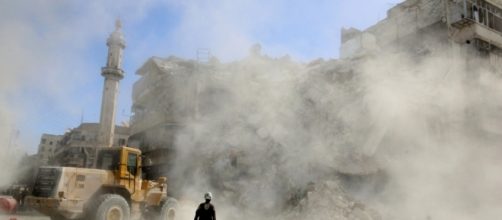New Jersey Meadowlands used to be a dumping ground for garbage and is now covered with grass and wildflowers that attract insects, mice, small snakes. The birds fly to the area in pursuit of their prey and their exercise is fraught with the fear of death and injuries. The reason is the presence of Methane Gas that is generated from decomposition of the garbage and this gas burns continuously and is not environmentally friendly. The flames are potential dangers for the well-being of the birds because they can get burnt alive or their feathers can get singed.
How this came about?
New York Times reports that the mounds in the Kingsland Landfill, covering several acres, were not any creation of nature, but were mountains of garbage that kept accumulating. The landfill is now shut down and the area has become a favorite place for birds to come in search of food.
However, the burning of methane gas from decomposing garbage poses a major threat to the survival of the birds and threatens the Environment. In the opinion of birdwatchers, while the larger ones could escape with singed wings, the smaller ones would just perish in the fires. This is known to Federal wildlife officials who have admitted to death or injuries to at least three birds in the past four months and the figures could be higher.
Officials are aware of the problems and are seeking advice and guidance from people in the know, as indicated by Brian Aberback, a spokesman for the New Jersey Sports and Exposition Authority.
It is an environment related problem
The Kingsland Landfill is one situated along wetlands in Bergen County and a survey carried out in 1969 revealed that at least 5,000 tons of garbage from more than 100 communities around New Jersey would arrive on a daily basis.
Subsequently, it was covered in the 1990s and left as mostly open land but there was no letup in the continuous generation of methane gas which is a potent greenhouse gas.
It was an environmental disaster in the making. The area became an ideal place for grass to grow and for wildflowers to flourish which attracted the birds, insects, mice and snakes which were easy prey for the birds.
The net result was the creation of a danger zone for the 280 odd species of birds that have been spotted in the region.
The questions uppermost in the minds of people are how to control the generation of the methane gas and how to ensure that the birds avoid the area. One of the proposals is to dismantle all perching points for the birds and another one is to ensure that the methane gas is removed from the vicinity. The authorities need to accord priority to resolve all such issues that relate to the environment.

